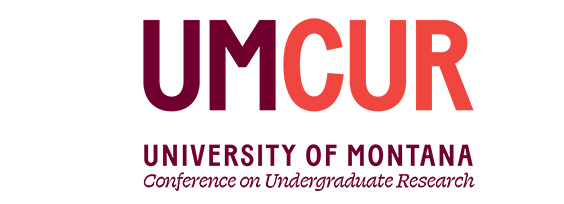Project Type
Poster
Faculty Mentor’s Full Name
Akasha Faist
Faculty Mentor’s Department
Department Ecosystems Science and Sustainability
Abstract / Artist's Statement
Bromus tectorum (Cheatgrass) is an invasive winter annual grass from Eurasia that heavily impacts the intermountain west of North America. B. tectorum invades and changes the fire cycle by making it more intense and frequent by adding continuous fuels to the landscape. This study explores how heat from seasonal fire paired with extreme cold temperatures impacts B. tectorum germination. The hypothesis is that extreme cold temperatures and temperatures simulating grassland fires will impact B. tectorum seeds by decreasing the germination rate and ultimately affecting abundance. When seeds experience cold and heat treatments independently, a lower germination rate is expected relative to the control, but not as low as the two treatment combinations, which is hypothesized to reduce germination further due to increased seed stress and potential mortality. Four different treatments were tested in addition to a control treatment. These treatments were heat exposure (80℃) for 30 minutes, cold exposure (-20℃) for one week, heat then cold exposure (80℃ for 30 min, then -20℃ for one week), and cold then heat exposure (-20℃ for one week then 80℃ for 30 minutes). Each treatment was replicated ten times in a greenhouse setting and monitored regularly to quantify germination. This study is important because we can use this information to better our restoration practices on B. tectorum impacted ecosystems. We can alter management practices if we understand how these hot and cold temperatures affect B. tectorum. Theoretically, if weather and fire patterns continue on current trajectories, this data can aid in making educated guesses on their germination rates. Using this information to understand what influences germination and abundance on the landscape, we can better manage B. tectorum in North American ecosystems.
Category
Life Sciences
The Effects of Temperature on Bromus tectorum (Cheatgrass) Seed Germination
UC South Ballroom
Bromus tectorum (Cheatgrass) is an invasive winter annual grass from Eurasia that heavily impacts the intermountain west of North America. B. tectorum invades and changes the fire cycle by making it more intense and frequent by adding continuous fuels to the landscape. This study explores how heat from seasonal fire paired with extreme cold temperatures impacts B. tectorum germination. The hypothesis is that extreme cold temperatures and temperatures simulating grassland fires will impact B. tectorum seeds by decreasing the germination rate and ultimately affecting abundance. When seeds experience cold and heat treatments independently, a lower germination rate is expected relative to the control, but not as low as the two treatment combinations, which is hypothesized to reduce germination further due to increased seed stress and potential mortality. Four different treatments were tested in addition to a control treatment. These treatments were heat exposure (80℃) for 30 minutes, cold exposure (-20℃) for one week, heat then cold exposure (80℃ for 30 min, then -20℃ for one week), and cold then heat exposure (-20℃ for one week then 80℃ for 30 minutes). Each treatment was replicated ten times in a greenhouse setting and monitored regularly to quantify germination. This study is important because we can use this information to better our restoration practices on B. tectorum impacted ecosystems. We can alter management practices if we understand how these hot and cold temperatures affect B. tectorum. Theoretically, if weather and fire patterns continue on current trajectories, this data can aid in making educated guesses on their germination rates. Using this information to understand what influences germination and abundance on the landscape, we can better manage B. tectorum in North American ecosystems.
